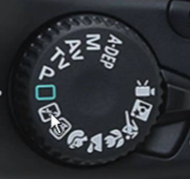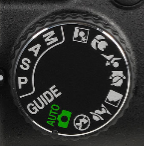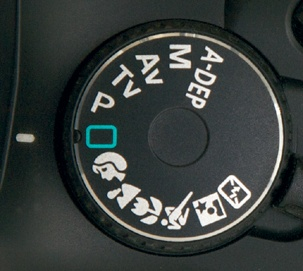Camera Settings
- Mat

- Apr 5, 2019
- 4 min read
Updated: Apr 14, 2019
Don't worry if you bought a fancy camera but have gone back to using your phone because it's easier and the photos are better. You thought you bought a camera that would take amazing photos. And it will; once you learn to use it.
The fact that phones can take such nice photos with only one button to operate them is proof that complicated camera settings can be simplified. My job as a teacher is to simplify what people have turned into a difficult process.
There are two groups of camera settings.
The ones you need to know.
The ones you don't need to know.
The list of ones you need to know is very short.
Why would there be so many camera settings you don't need to know? Life is filled with unnecessary things - the genius is knowing what to ignore and then moving ahead with the essential few. Lucky for you, I've struggled through all this and can show you what's on the short list.
In this article you'll take the very first steps with camera settings. Start here, don't skip it, then build your knowledge at The Camera Setting Class.
What you need to know about camera settings.
1. How to turn the camera on.
Don't laugh. I lent my camera to a friend to take some photos for his food photography blog. I got a phone call a short time later asking me how to turn the camera on.
2. The Dial
You're probably wondering what all the letters and symbols mean on your camera dial.
The dial is where it all begins. Put the dial on the right setting and your photo will stand a good chance of turning out. Put the dial on the wrong setting and, well, good-luck!
Those mysterious looking symbols on the dial go all the way from Auto Mode - where your camera does all the hard work and you don't have to do any thinking, to Manual Mode where you're a photography genius who knows everything.
I'll assume that you don't know how to use the dial and help you begin to take some control.
3. Auto Mode
There is no shame in using Auto Mode. You're simply confessing to your camera that you're not sure how to use it and you would like it to figure out everything on it's own. You just want to focus on taking pictures. That is why you bought the camera, after all.
Start with Auto Mode. Take some pictures, see what you think. If your picture doesn't look good it may just be that you're lacking creativity, or nice light. Maybe there is a technical problem that you can learn to solve later.
Problems are good, they are your guide to what you actually need to learn.
Auto Mode is a great place to make the problems come to life.
You're looking for a setting on the dial that says auto, likely in green. It may just be a green box or dot.
People will tell you that you should not use auto mode. You should use manual mode instead. But are they ready to hold your hand through the process? Will they be there for you when you're crying out in frustration over your pictures getting even worse when you mess with complicated settings? If so, you've found a true friend indeed.
We may not know each other yet, but I'll hold your hand through the transition. I'll be there when you're ready to rip your hair out. Except that if you follow my steps, you may never get to the point that you want to rip your hair out. I'll take you one step at a time off of auto mode. And I'll make sure you're understanding those steps.
The only downside to Auto Mode on your camera is that it doesn't always know what you want the photo to look like. That's why it spits out crappy looking photos.
So give it a hint. Get off Auto Mode and onto scene mode.
4. Scene Mode
Fast food places are genius. They know we can't make good decisions when we're hungry so they designed the combo; burger, fries, drink. It just works.
Your camera has a little genius packed in it too. It comes with many preset combos.

Are you taking a landscape photo? Switch the dial to the mountain icon. Now your camera knows you're taking a landscape photo and will choose a bunch of settings that should work for your photo.
Taking a portrait? Switch it to the face icon.
Is it an action photo? Switch it to the person running.
Small object? Switch it to the flower icon.
You're still making your camera do all the work, but you're letting it know what you're taking a picture of so that it will choose better settings.
But even scene mode can let you down. You'll get photos that are too dark and photos that are a bit blurry. You'll get many photos that don't look at all as you hoped they would.
Remember, problems are your friend. Problems let you know what you need to learn next. You don't have to learn everything. You only have to focus on what will take you to the next level.
Take a Step Beyond Auto
When you come to The Camera Setting Class we take the next step. You tell me the problems you've been having and I walk you through some solutions. I help you understand why those problems are happening and show you how to fix it.
During the full course we get deeper into settings (it actually gets easier as you go). We get into lenses and creativity. And it all begins to sink in until, one day, you're asking why it all seemed so difficult to begin with.













Comments